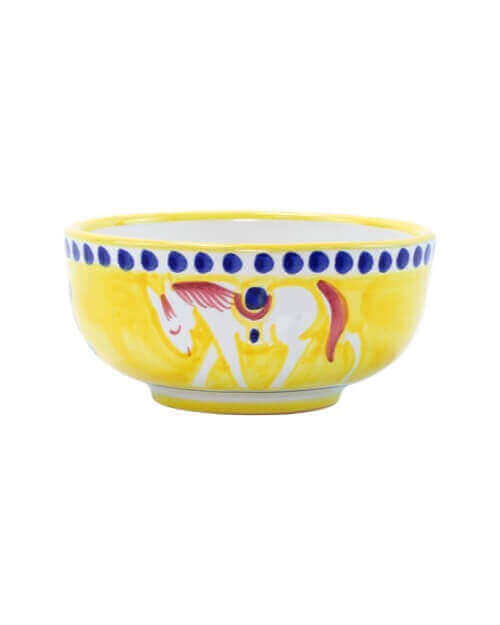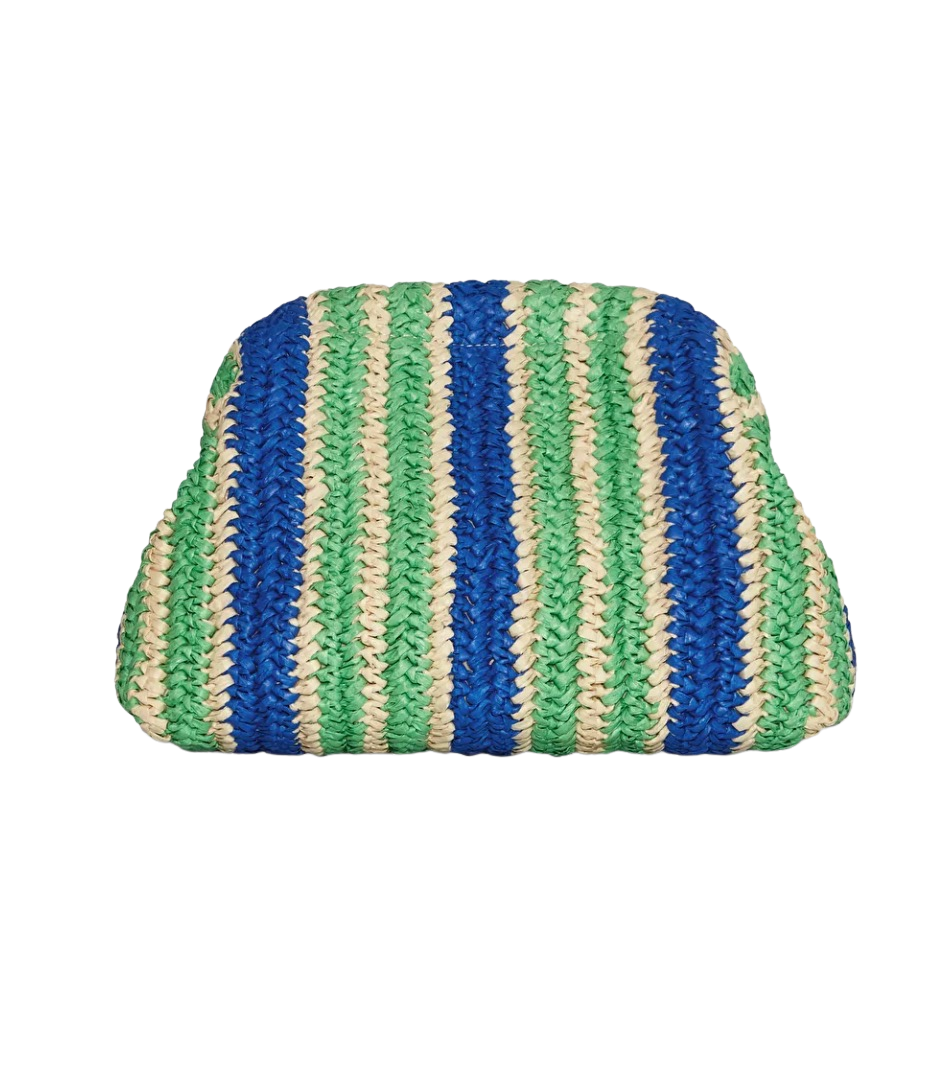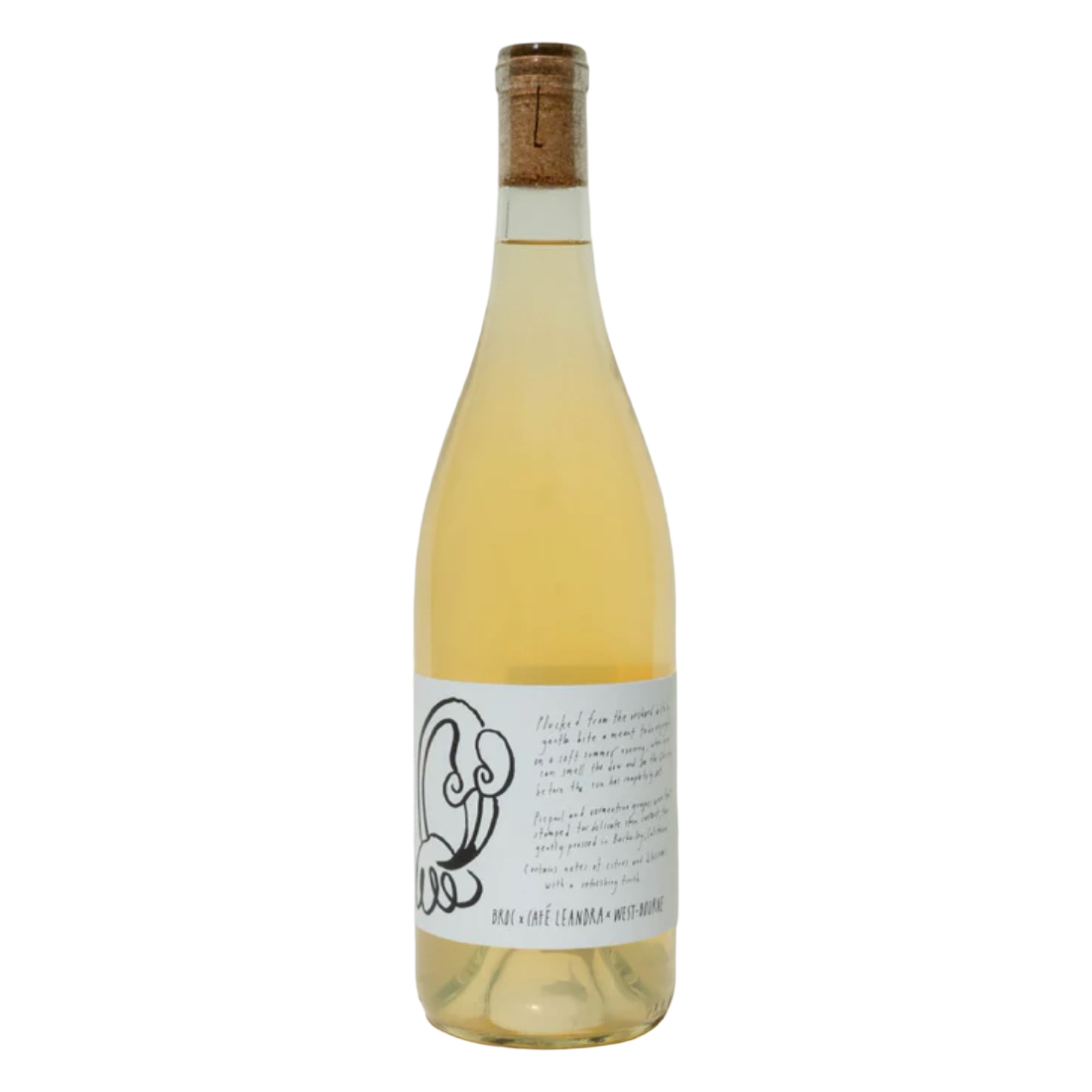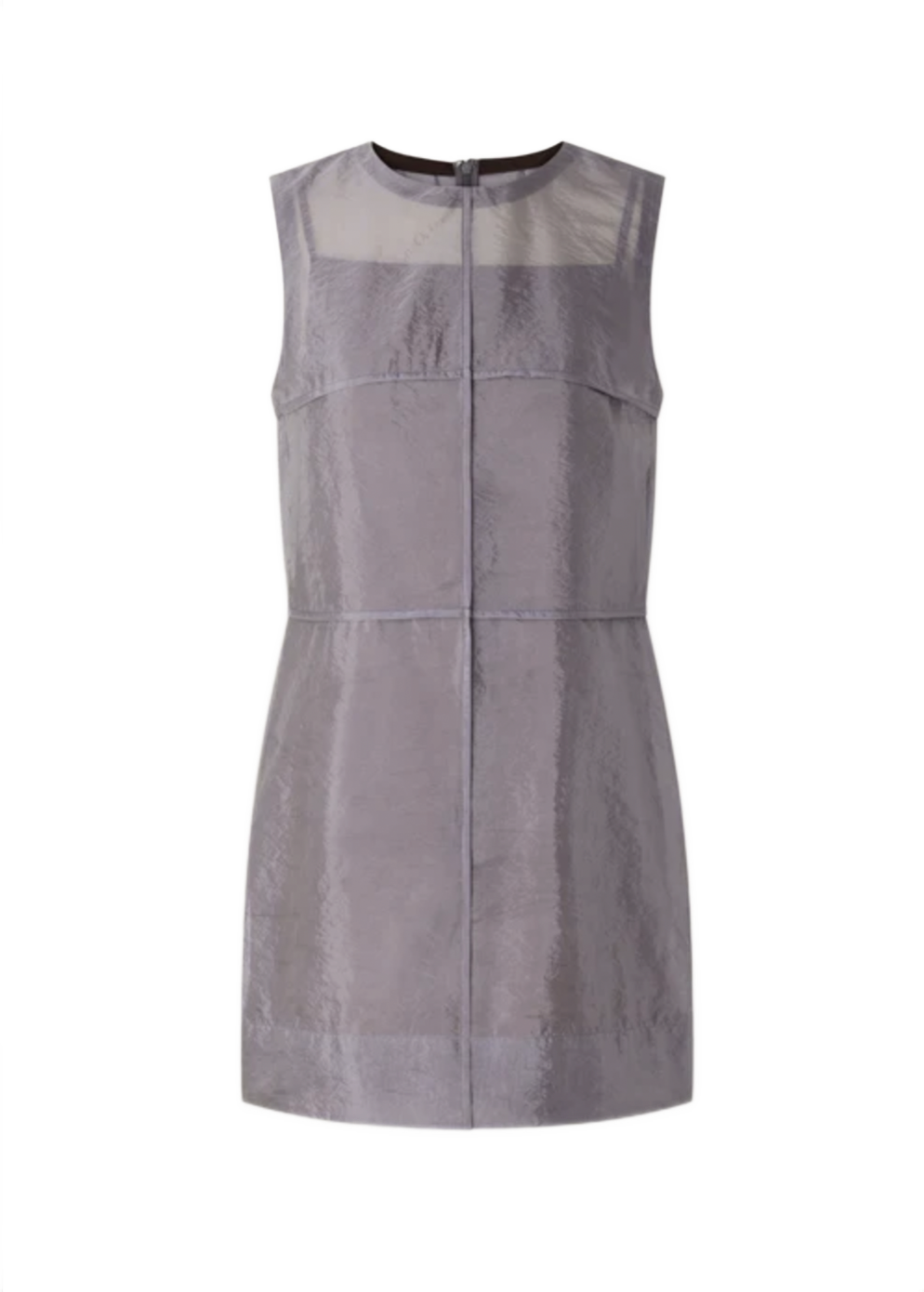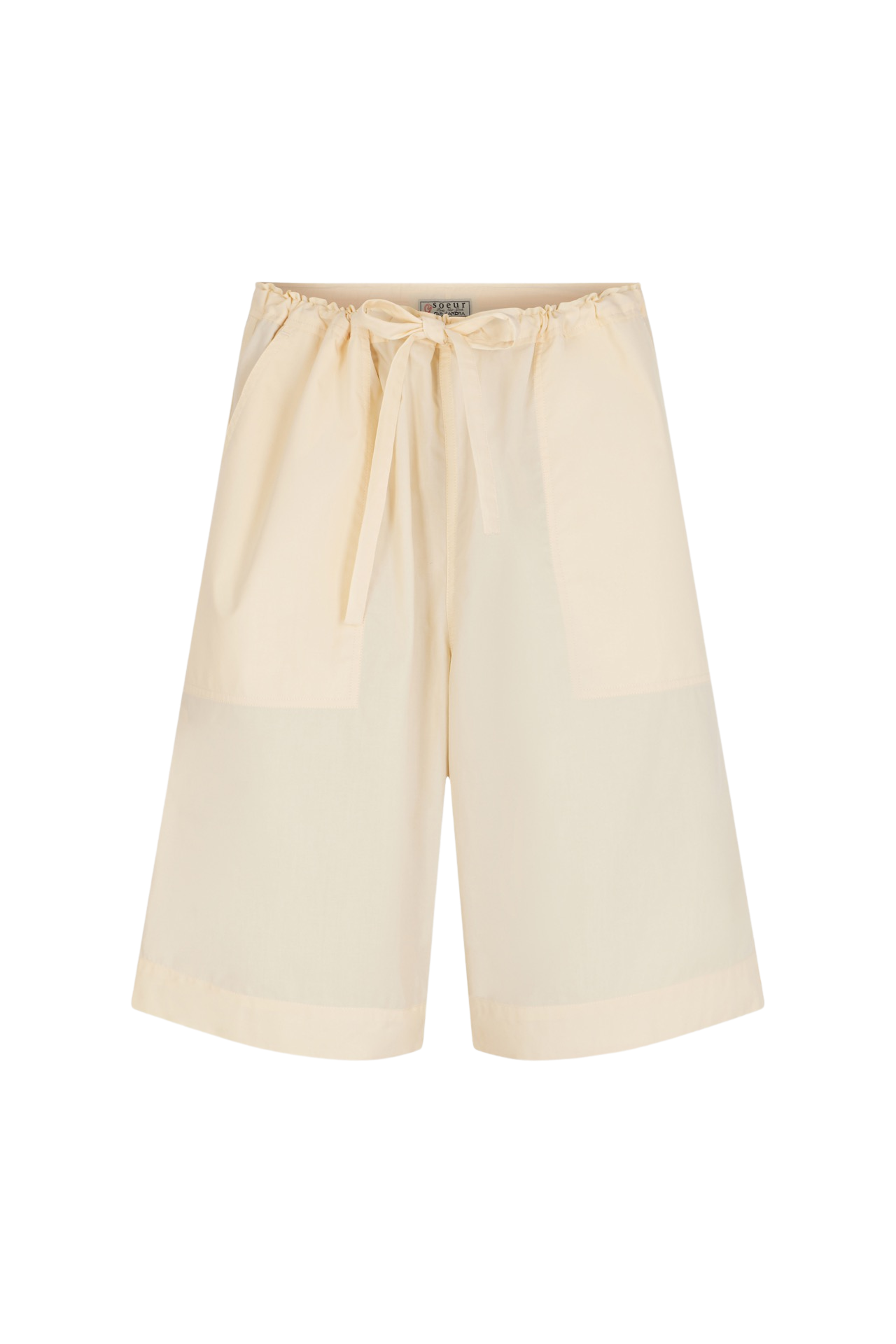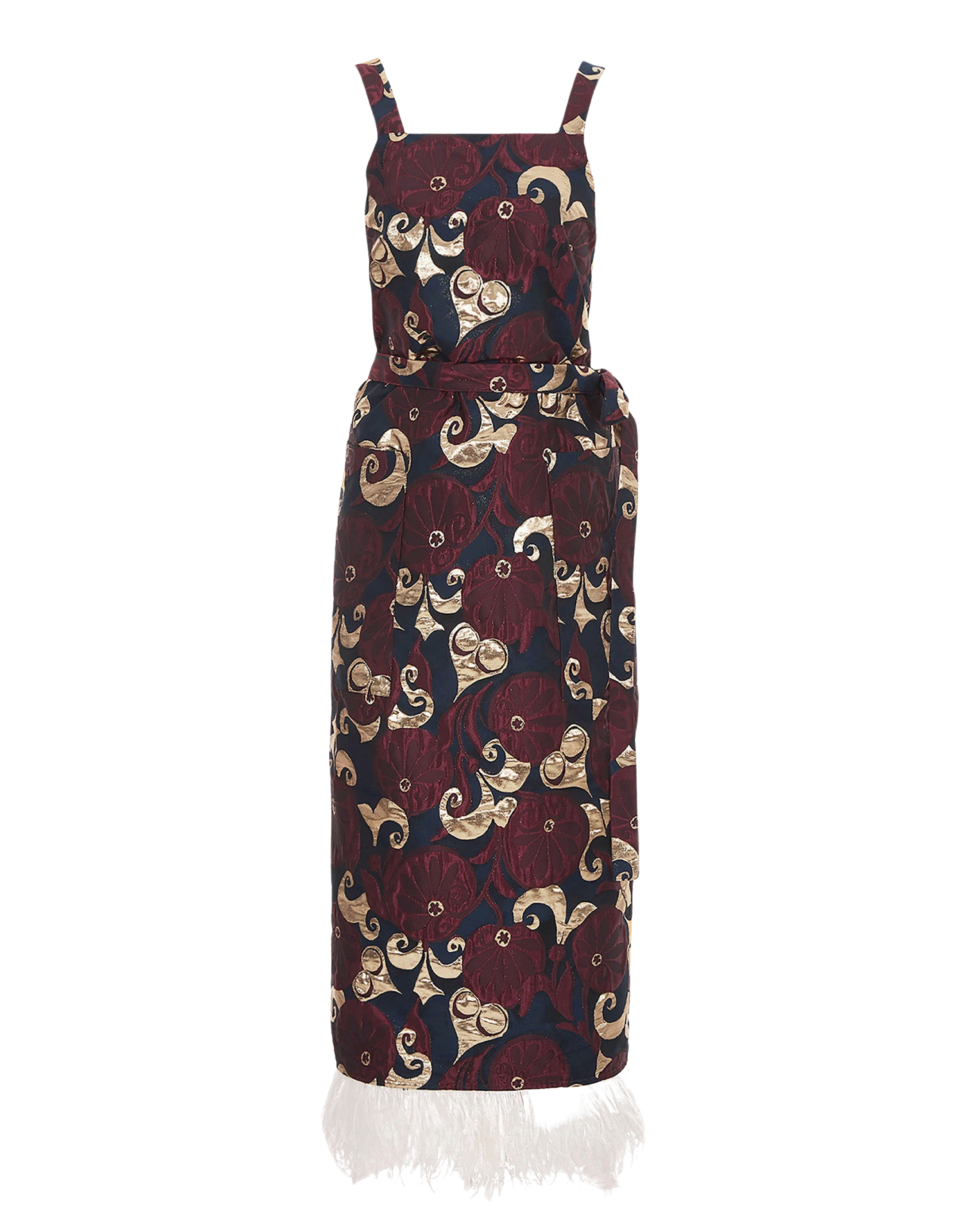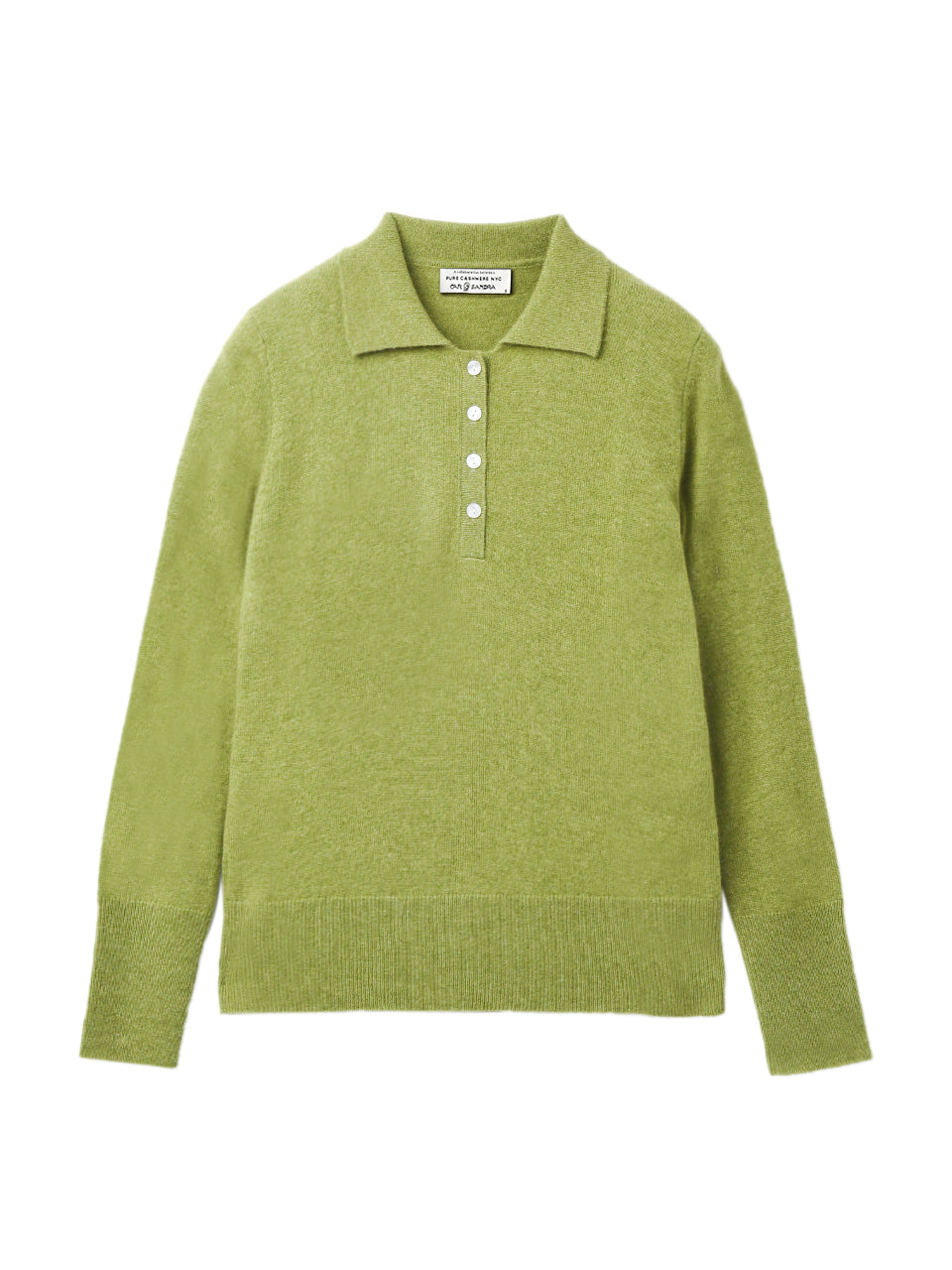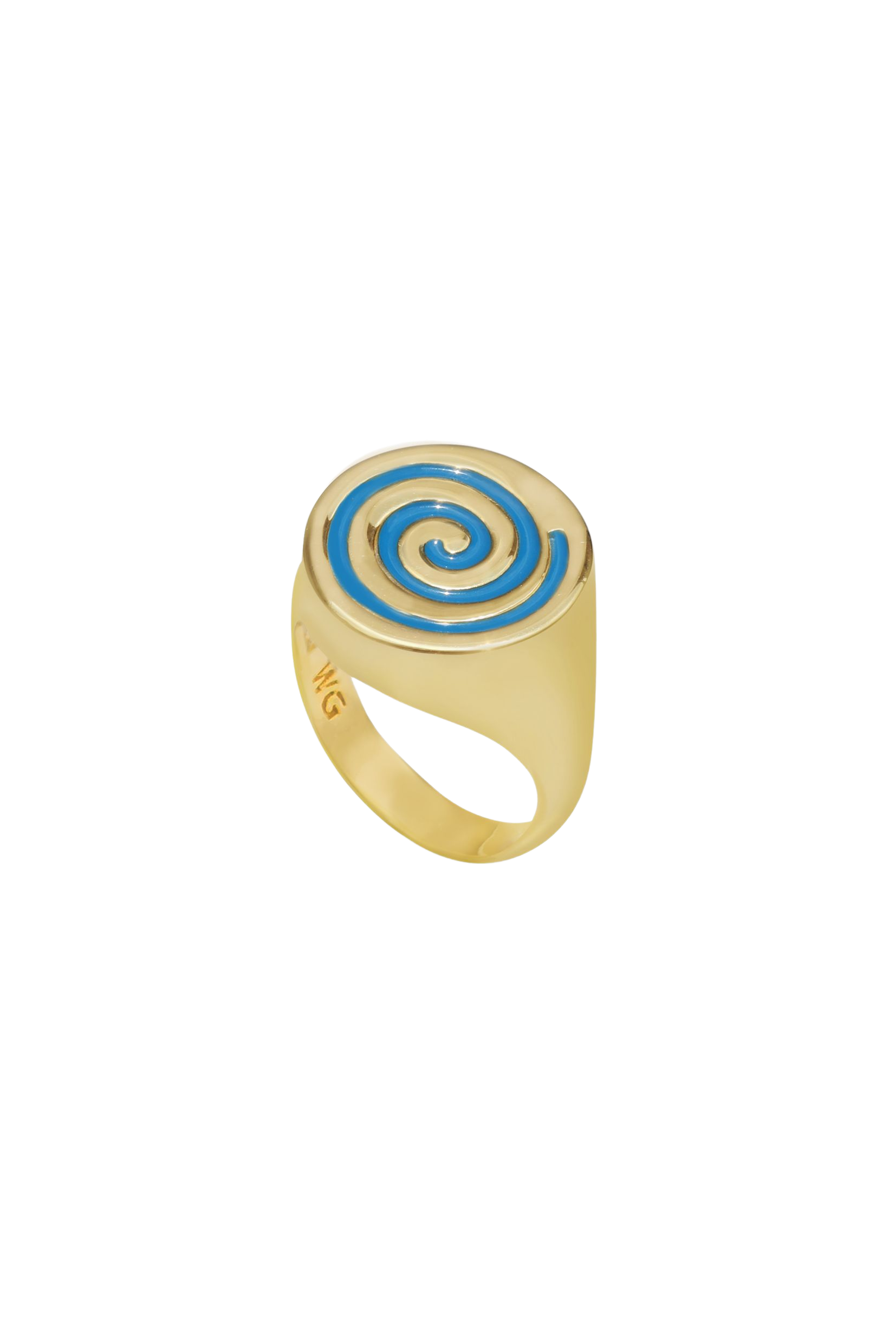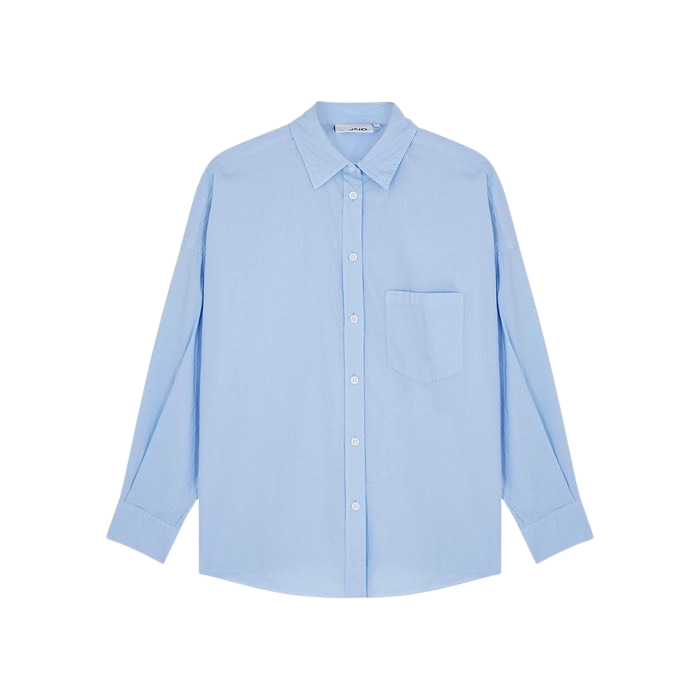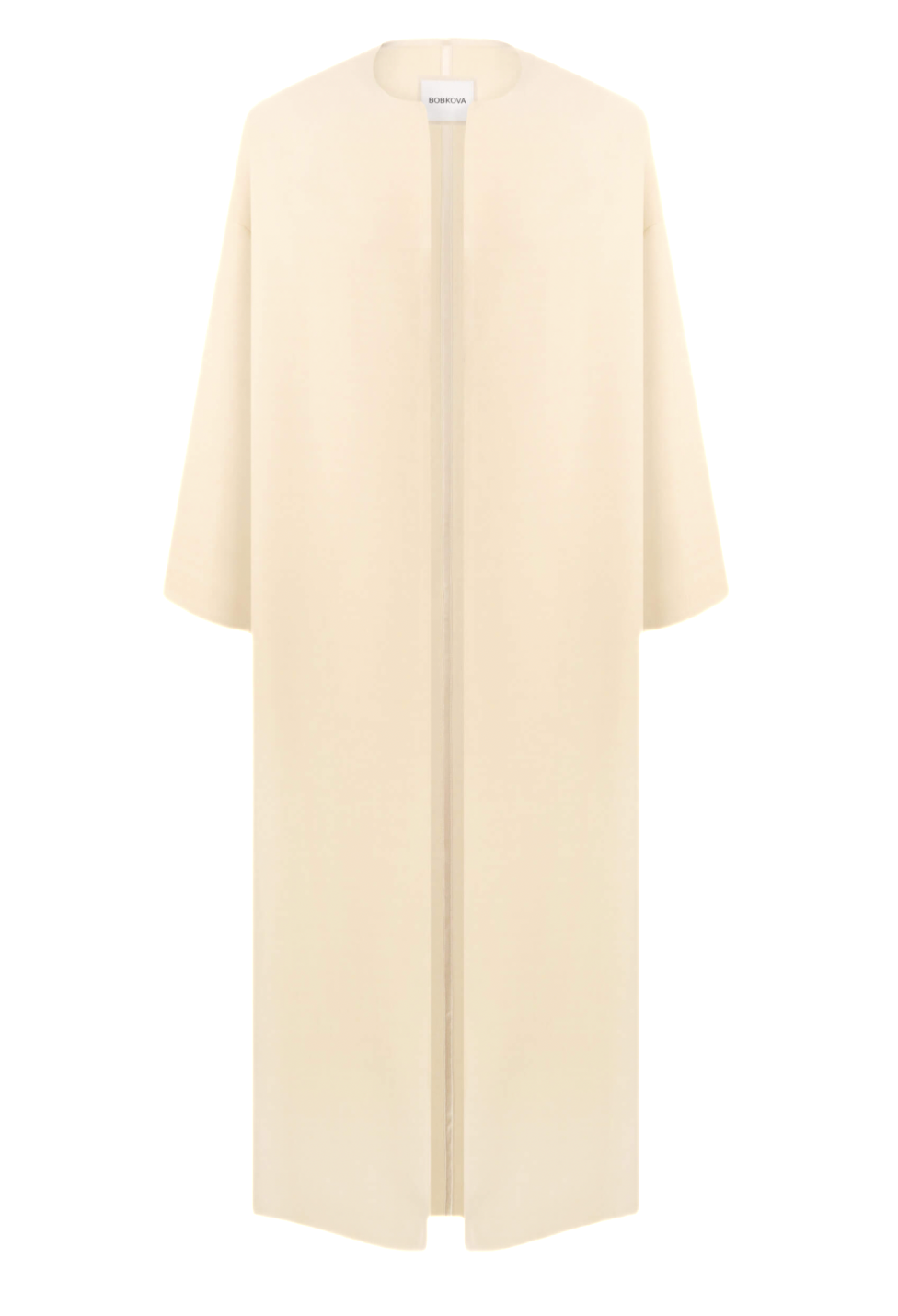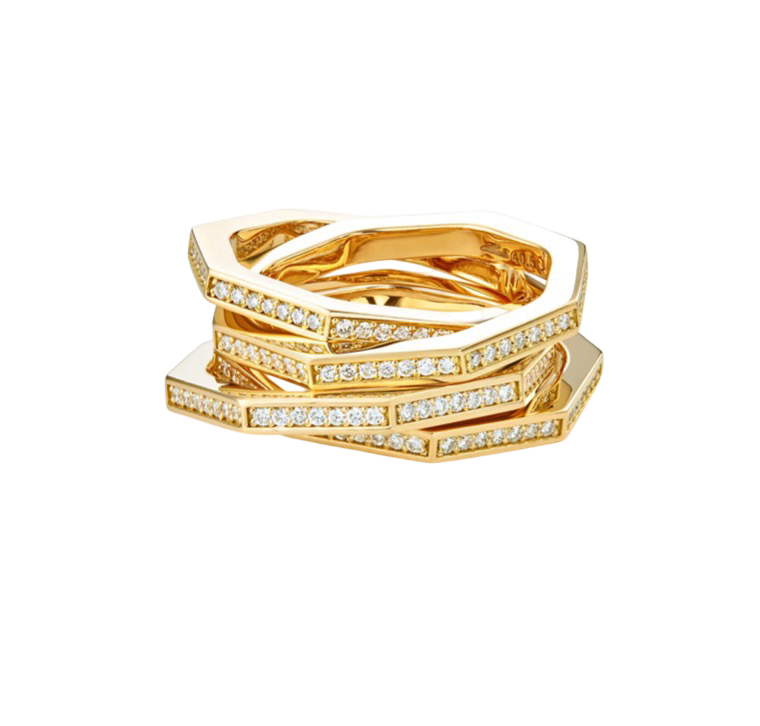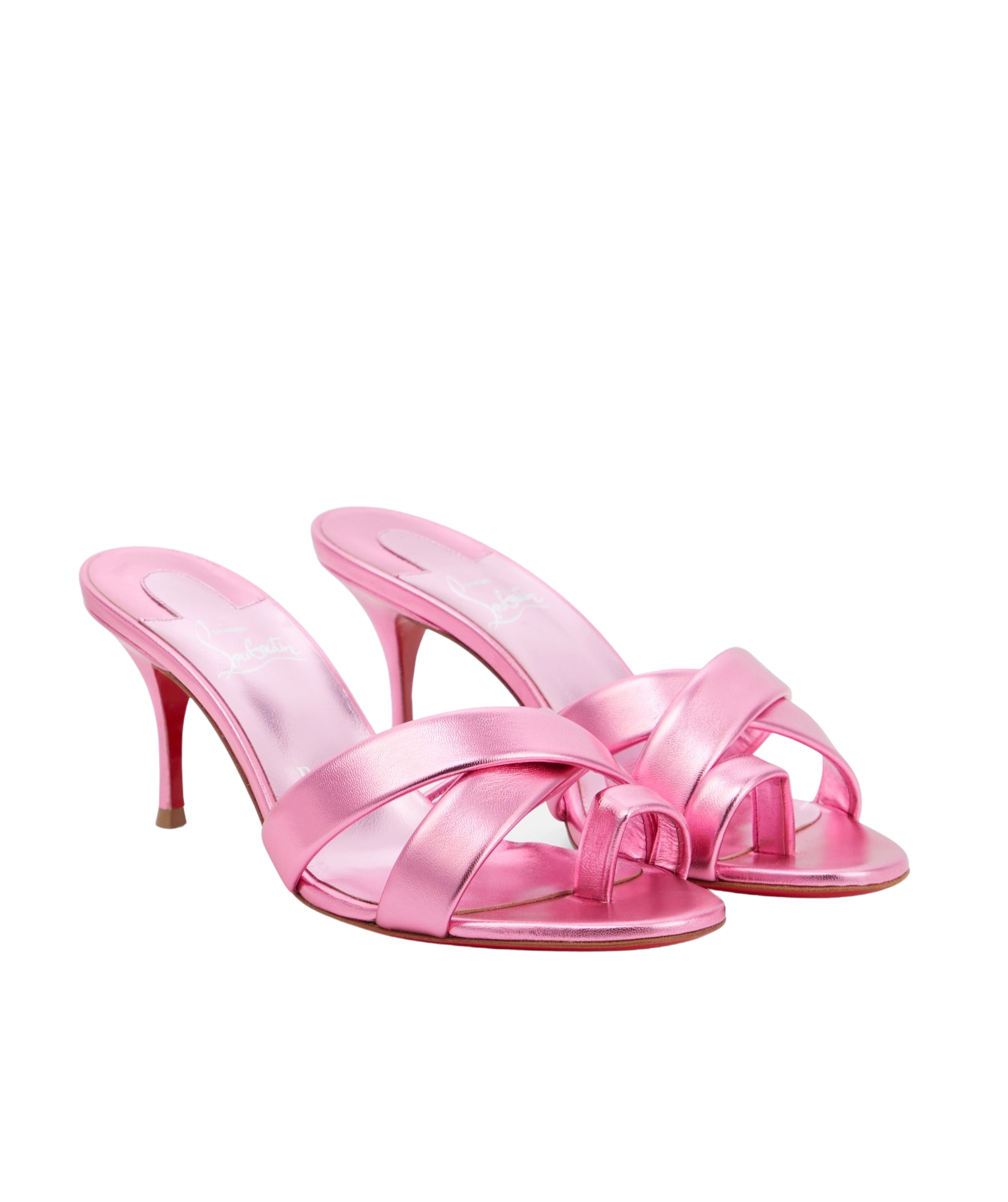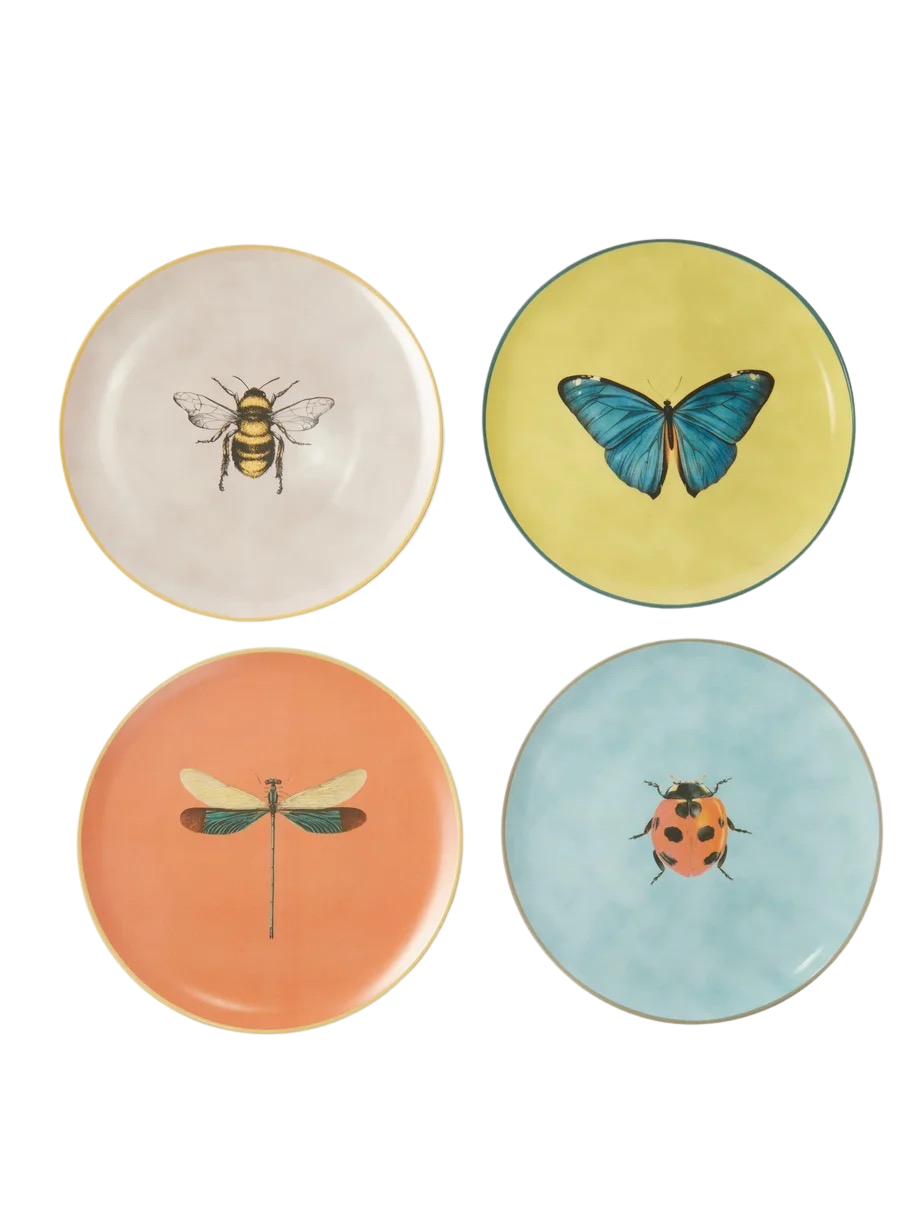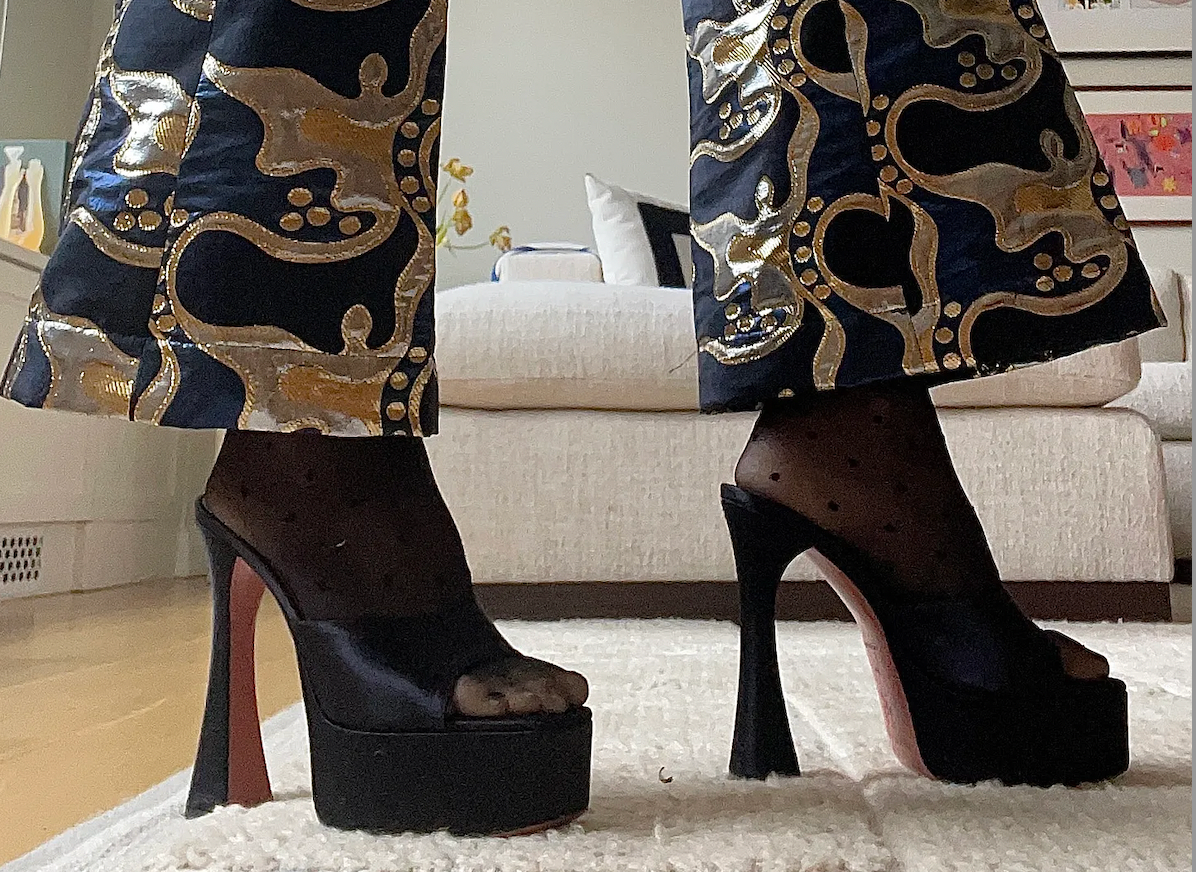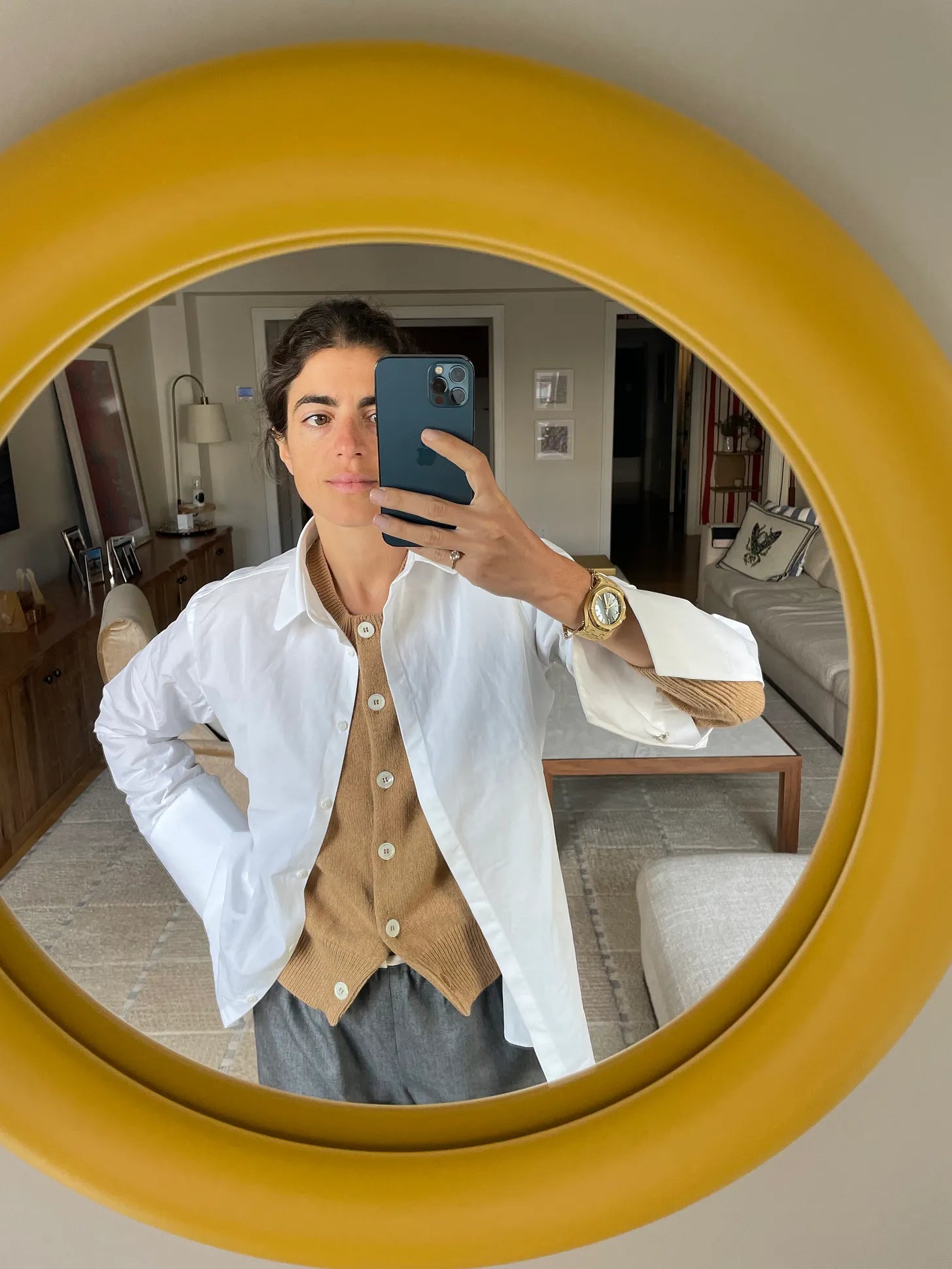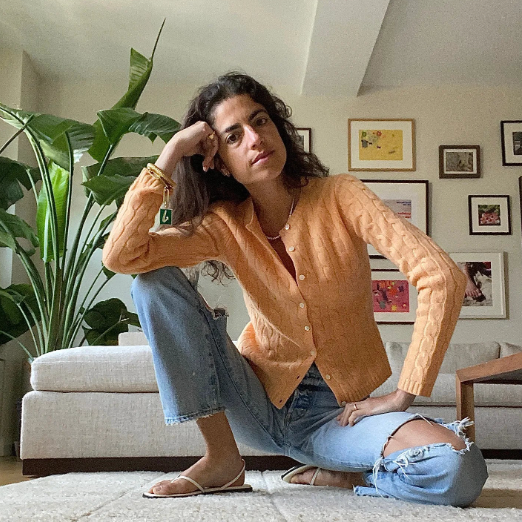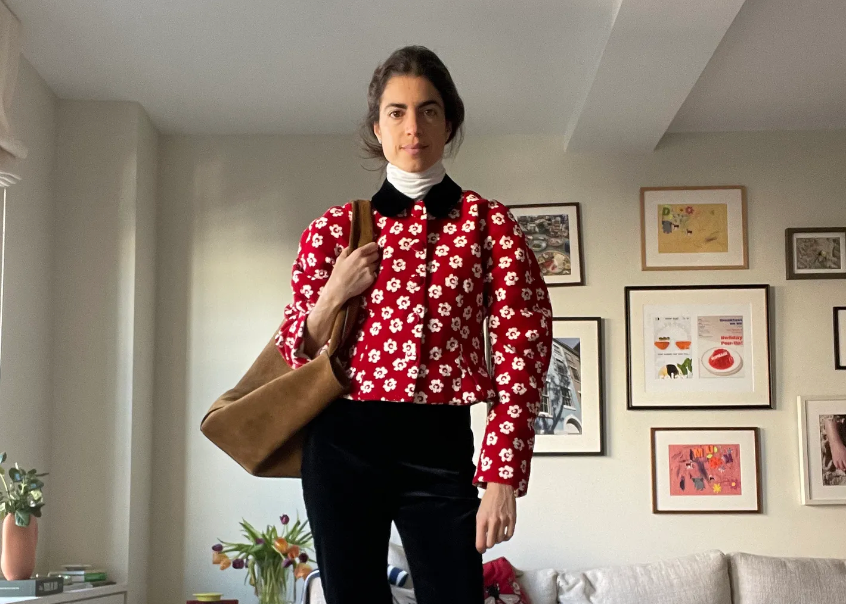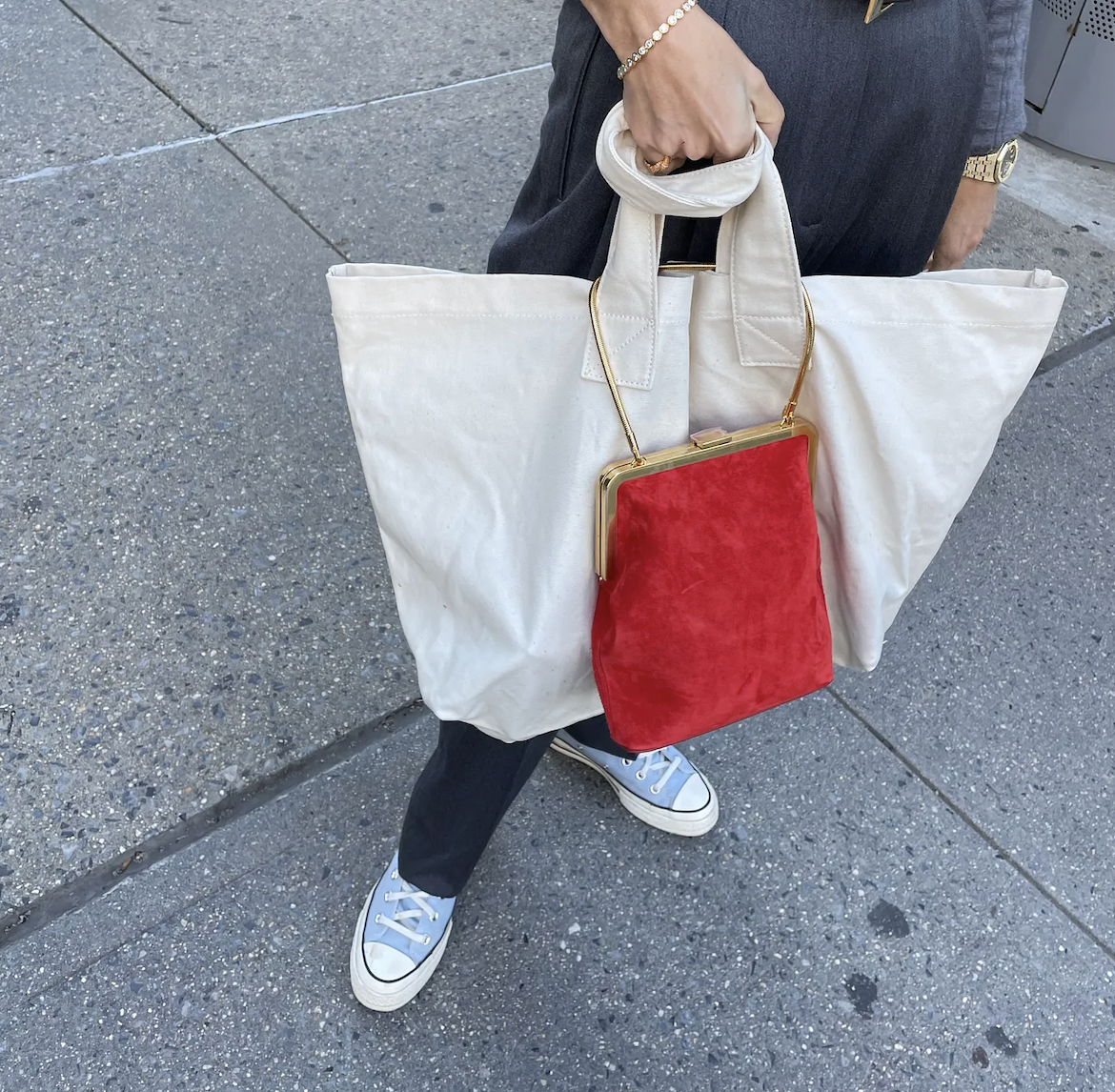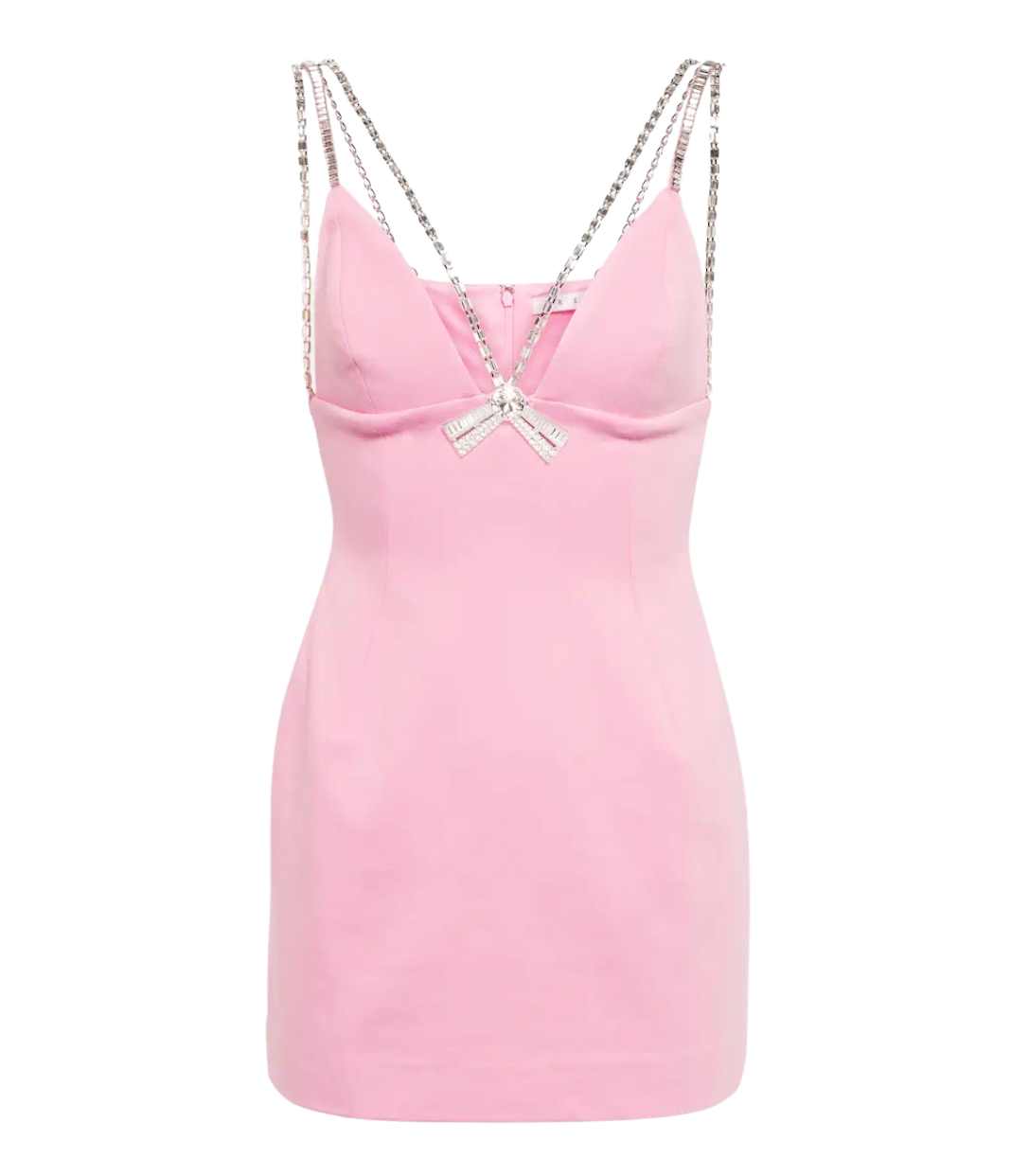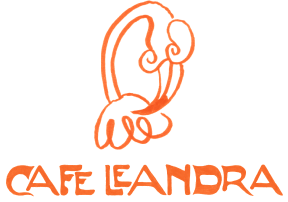Why's everyone talking about quiet luxury?
How many dissections do you think have been published in the past few weeks on Gwyneth Paltrow’s courtroom style? (She was sued by a man that she bumped into on a ski slope in Utah a couple of years ago; he did not win the case, but the internet won the gift of discourse.)
You add to this the new season of Succession (the popular HBO show about a New York media scion and his dysfunctional family) and the growing cultural fascination with the fashion of the show (so many TikTok videos, newsletter dispatches, and articles from older guard pubs) and the shifting shopping ethos and tendencies of those who participate in fashion (buy less, buy simple) and you’re left with a perfect storm creating ideal circumstances for the conversation that has erupted in the past few weeks on the emergence of quiet luxury.
I’m not sure if everyone (referring in particular to those who pay attention to fashion media/pop culture) is talking about it because all the writers and creators are making stuff about it but let me tell you — you scroll through a feed and you will see a reference to “the newest big trend in fashion.”
What is QL?
At the end of March, Elle UK published a story on the topic (for which I was interviewed) and defined the style movement as “new-age minimalism with a larger focus on investment pieces.”
I agree that for sure the trend’s relationship to minimalism is definitely a key part of it — most of the defining attributes of QL refer to the quality of material, the palette of neutral colors, and the overall emphasis on basic silhouettes, reflecting a low-key approach to getting dressed, but I think the defining element of quiet luxury that has incited such sticky cultural fixation relates more to the focus on its resemblance to an aesthetic most commonly perpetrated by the “old-money” archetype. (Think discreet and insouciant but so fancy, it’s fussy on the one hand: clothes that look like you could wear them to a pool party, but which would also never fare because what! if! they were to get wet.?; or clothes that are practical and sensible, but somehow still signal something class-related, like a Barbour coat.)
Not since normcore has a conversation become so pervasive, which makes sense when you consider that quiet luxury is an evolution of minimalism as we learned it in the 2010s (normcore was a defining aesthetic of the movement).
What was so satisfying about the trend then was its universal appeal, the way many who follow and care about fashion already had access to the garments and items newly minted as good fashion: white trainers, vintage jeans, classic sweatshirts, neutral trousers.
It opened the gates of what was considered fashionable, calling upon the back-row heroes in one’s existing closet. And it was refreshing too, to participate in a trend that didn’t automatically necessitate you buy something new in order to buy in.
It’s like if normcore fashionized the kinds of clothes TV characters of the 90s had been wearing for decades, quiet luxury is fashionizing the kinds of classics you can find at…The Row, absolutely, but also at Lands’ End.
The irony of the latter is that in the way mainstream media has covered the trend of quiet luxury, achieving the “old money” aesthetic — a most exclusive, unrelatable echelon of status — is a central motivating force. This in and of itself creates an interesting contradiction that I think for many is seductive when you consider the possibility that you can dress like you belong to a particular social class without spending the kind of money you’d assume they might.
The vibe is IYKYK (if you know, you know), but the question then becomes, how quiet is the luxury, really, if you’re among those who know?
Why now?
One way you can explain this cultural shift is as a predictable response to the most recent bout of logomania that descended on the trend mill, chiefly heralded by Gucci and Balenciaga but saliently evident elsewhere (Dior, Fendi, Chloe, etc) over the last decade, with an emphasis on the last ~7 years.
You can look at the economy and use a forthcoming (or already present, depending on your POV) recession to quantify a desire to retreat inward aesthetically.
Or one other thing I’ve been thinking about it as it relates to human behavior and what that old money archetype really represents has to do with social media and our own compasses of privacy.
It’s like, the kind of people who wear unremarkable but very fancy clothes — the kinds of garments you have to work to make work — is that historically, they’ve been sported by the genre of person who earns their wealth not by trading in their anonymity to become a celebrity but who remains incognito. Who lives and works under the cultural radar and consciously chooses to stay there.
Yearning for anonymity
As social media continues to expand access to our respective lifeworlds and as we continue to share — as it becomes more and more normal, even expected of us to create, generate, broadcast, as we gain access to information and knowledge and details we’d have never been able to perceive before social media, I suspect that an implicit but deep craving for more privacy has come online and that the style cues of those who maintain quiet, private lives have become so appealing because, yes, sure, status, wealth, moneymoneymoney (though it was just three months ago that the internet was saying the opposite about the tendencies of the ultra-rich in response to Schiaparelli’s couture collection with the animal heads), but more benevolently too, because there is a deep yearning in the air for a kind of anonymity that we will probably never have again.
Like there is a zero percent chance that a stranger won’t or can’t learn about you (and vice versa) by finding some information online be it through your social media account or LinkedIn profile or some feedback that’s available because of a survey you once took and if you can remember a time when anonymity was not a thrilling possibility but more like the reality of most of our banal, but still precious lives, this fact is pretty wild.
Because of the social tools that connect us to each other and to our interests and to our aversions and onwards, we don’t really have anonymity anymore. Not in the way we used to.
But the cat’s out of the bag, right? And even if you want to go back, there is no going back lest you tap out of the culture completely, which, do that if it feels right to you, but if it doesn’t, it makes sense to me that we’d channel this desire into otherwise outlets of expression available to us, and clothes are among the lowest common denominators we have to self-express.
If you let your clothes serve as a map, they can uncover thoughts, feelings, and desires that you may not yet have another language for. And at the core, this is what fashion and style is, right? A wordless language. Maybe there is some comfort to be had in your clothes keeping you vaguely anonymous in a world where Google search sure won’t.
Or maybe it’s just like a homecoming party branded in this sort of intense way if you’ve always dressed a bit more simply.
Doing it well
There is a growing crop of brands earning esteem that have long been subscribing to the basic principles of new-age minimalism — the evolution of normcore from Philo onwards.
Some are more traditional to the extent that they are growing in the way of a traditional fashion brand (by which I mean wholesaling, having shows, etc; Tove Studio is one good example that comes to mind, Maria McManus is another, although her priorities clearly reflect the use of quality clothes as a vehicle to confront climate change). And then there are those making their dents by growing adjacent to fashion as opposed to planted firmly within it. Toteme would be the longest-standing and most obvious example, but I’m thinking in particular of some new players. Attersee, with its feminine silhouettes
Or UK-based Venstore (exclusively knitwear), NY-based Salie 66 — more masculine in conceit, focused on shirting and sweaters
Or LA-based High Sport — more colorful but still rendered in simple, straightforward shapes.
You’re seeing the trend burgeon in jewelry too, with styles that mimic estate-looking pieces: fancy stones on simple settings, like a pair of free-floating diamonds connected to simple leverbacks or a tennis bracelet/necklace. (You could find all of the above by the lab-created brand, Dorsey.)
I go back and forth about my own participation in the trend. My stylistic vibe is more refined maximalist than it is anything else

Maria McManus shirt, Khaite belt, St. John pants (here’s a better priced alt), Doen sandals
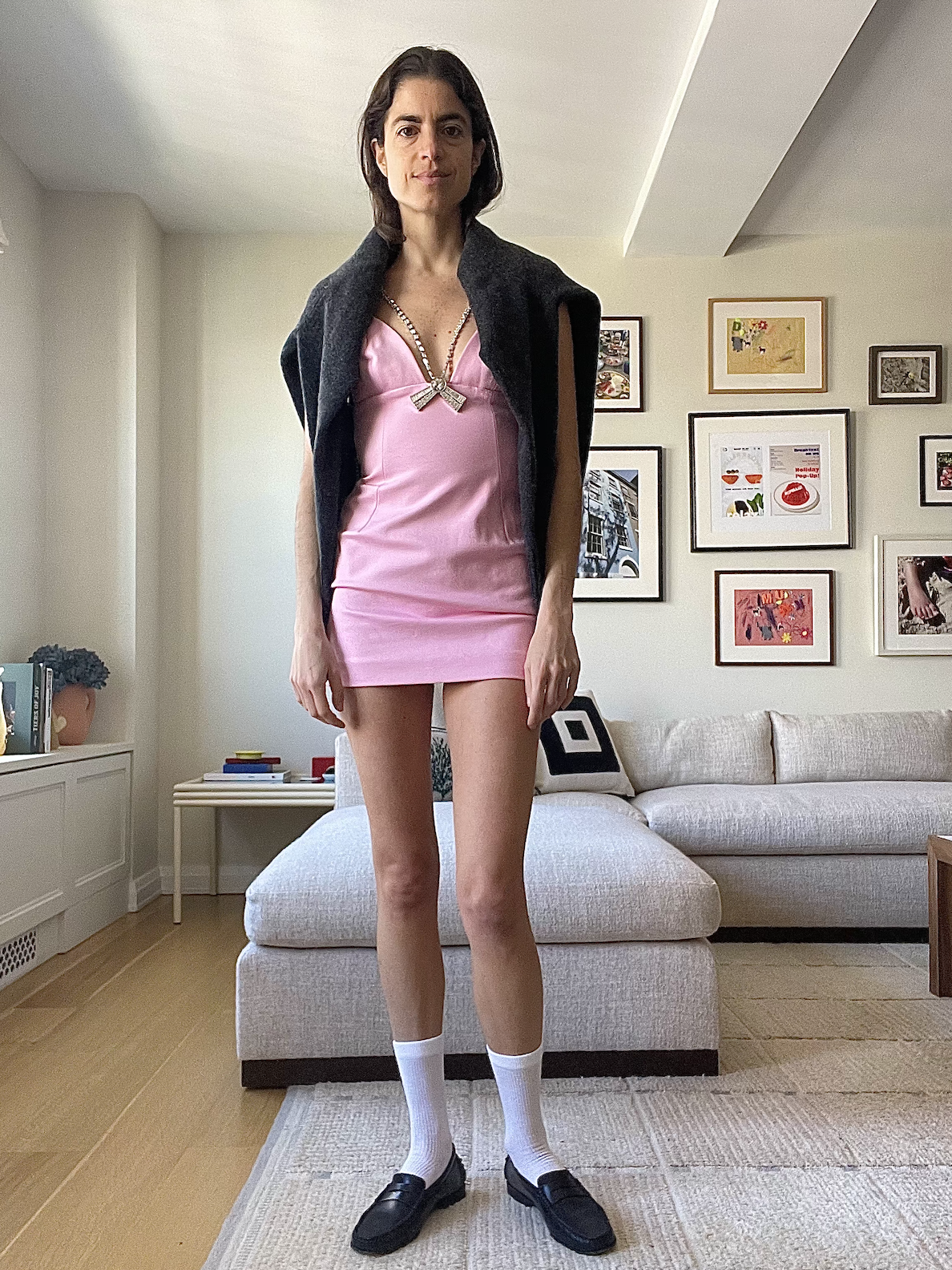
Area dress, Eileen Fisher socks, Tod’s loafers
But I do enjoy a classic black sleeveless turtleneck or expensive smock dress too. And as far as consumption: I have certainly observed that my own shopping habits have shifted in the past few years, maybe because I have gotten older or maybe because for as much as I call myself maximalist, I am still breathing what the culture is putting out.
My choices overall are more straightforward and they are easier to repeat wear. There is something satisfying for sure about feeling put-together in a sweatshirt and jeans
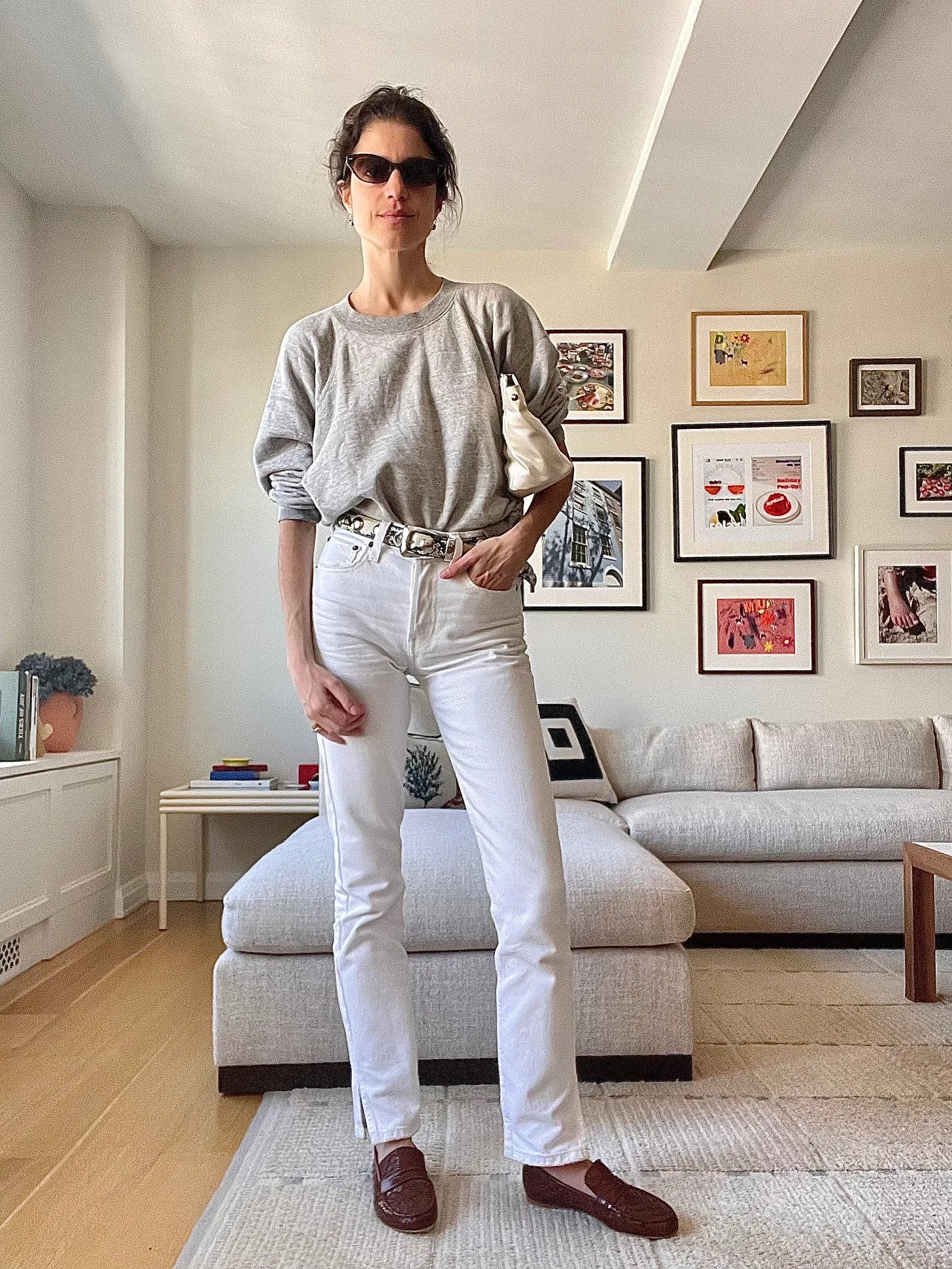
Entireworld sweatshirt, Khaite belt, Levi’s jeans, Jamie Haller loafers
But I’m also aware that with these style choices, which do add up to reflect “a complete capsule wardrobe” that need not be tinkered with, a lot of the feelings of fantasy (and escapism) that I rely on fashion for are not quite met.
On one hand, I miss the fantasy. On the other, I recognize and even appreciate that when the sort of addictive qualities of fashion and shopping are suffocated by sensible choices, there is an opportunity to settle some interior difficulties.
But then again, there’s a flipside here too: Bryanboy made some important, cogent counterpoints in a post he published to Instagram last week in response to the hoopla around quiet luxury.
The underlining sentiment was that wealth comes in all shapes and sizes — some holders of the oldest money are also the oldest Versace stans. The most profound kind of luxury is freedom. And freedom affords you the opportunity to do whatever it is that you want/need/etc. There’s a zing of great truth with a splash of acceptance to it, don’t you think? His point does not get lost on me.
Still, I’m inclined to think that under the veil of what we might believe powers quiet luxury, there is both an opportunity and a benevolent human desire that longs to be seen, perhaps even explored.





